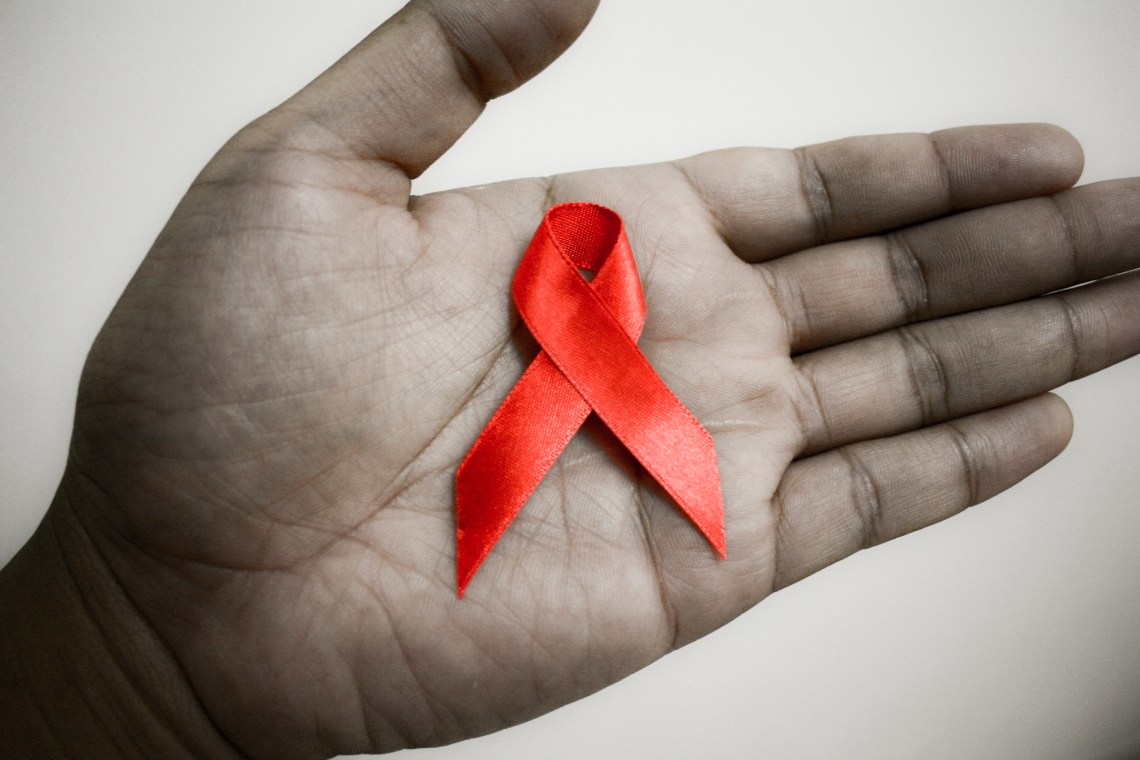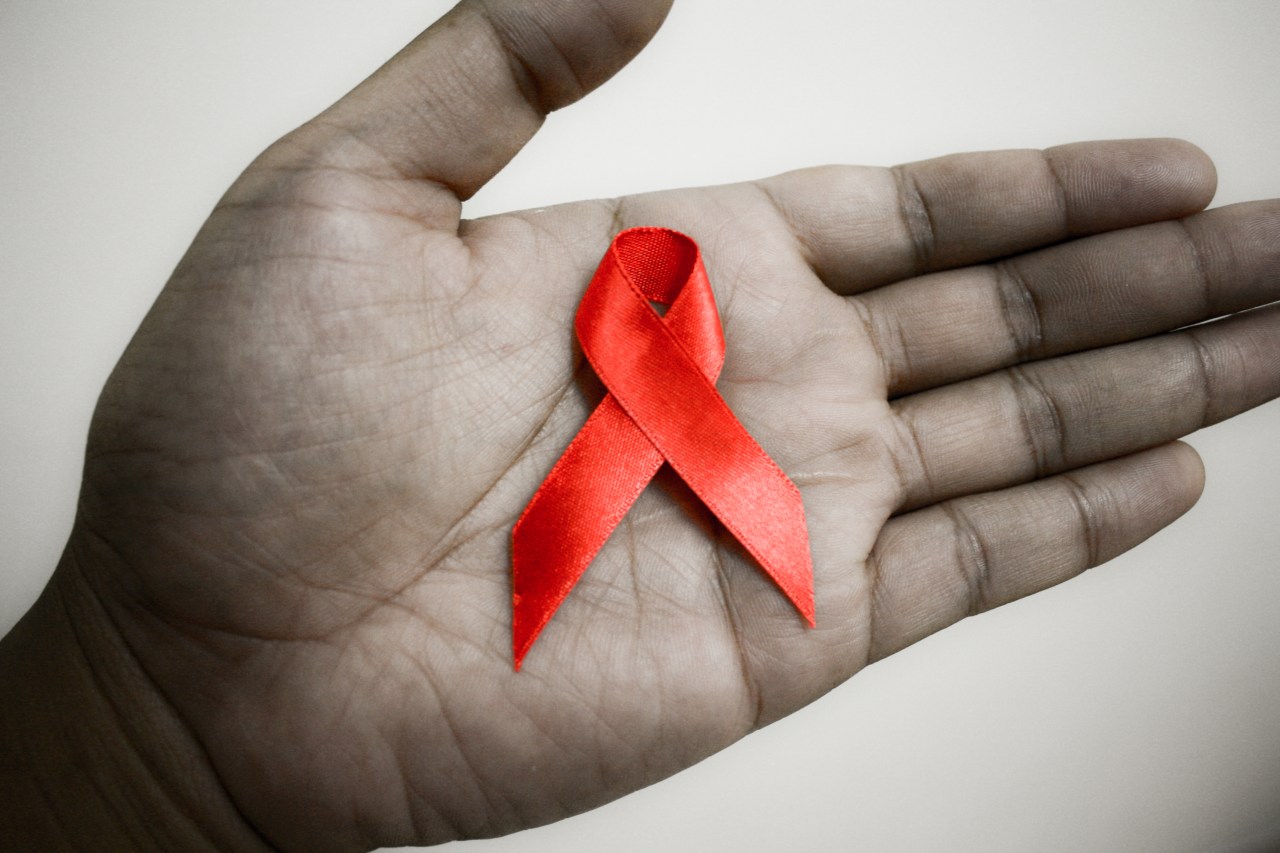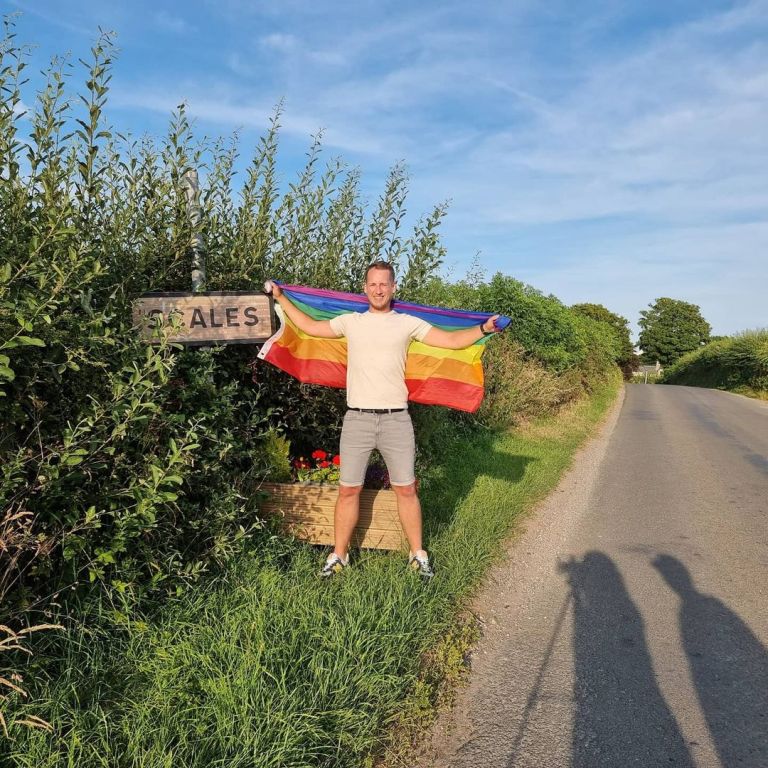The WHO Plans To Eradicate AIDS By 2030 – Here’s What It Needs To Do First
The criminalization of highly vulnerable populations, for instance, further contribute to negative perception.

As the world dedicates this day to commemorate lives lost to HIV and AIDS, there is some good news to report. The global number of AIDS-related deaths is down 42% from its all time high only a decade ago, thanks to advancing medical research and international cooperation to address the disease. The global rate of new infections since 2000 has also declined, by 35%. However, the number of people on the planet living with HIV, has continued its rise, reaching 36.9 million in 2014, from 29.8 million in 2001.
Last year on World AIDS Day, 2014, the Joint United Nations Programme on HIV/AIDS (UNAIDS) announced the pillars of a new plan to end the epidemic by 2030 as part of the United Nations Sustainable Development Goals.
This year the World Health Organization (WHO) and UNAIDS offer radical new health guidelines, based on clinical trials, to address this objective:
1. All people with the HIV virus, regardless of CD4 count, should receive antiretroviral treatment as soon as possible after diagnosis.
2. Populations at high risk of infections should be offered preventive antiretroviral treatment, in addition to HIV testing, counselling and support, and access to condoms and safe injection equipment.
Historians and activists may argue the history of AIDS, and its ravages go back before the 1980s. The term Acquired Immune Deficiency Syndrome was not coined, however, until 1982 to describe a disease doctors came to associate with certain rare cancers and infections. Two years later, a virus, HIV, was found to be the culprit. By 1995, AIDS had become the leading cause of death for young people (ages 25-44) in the United States. A new medical approach geared to “hit early, hit hard,” with highly active antiretroviral therapy (HAART) became the new standard of HIV care in 1997. Eventually the death rate in the United States began to show signs of decline.
But, sadly by then, a demographic shift in new infections had begun. Within the United States, cases among African-Americans began to outnumber those among white Americans. Infection rates doubled in over two dozen other countries. And, soon the poor and low- income regions of the world quickly became home to more than 95% of all HIV-infected people and 95% of AIDS deaths. UNAIDS reported in 2000, the start of the new millennium, that nearly 22 million lives since the beginning of the epidemic had been lost to AIDS-related causes.
The global health community nonetheless pressed forward to develop more effective treatment. In 2000, all nations agreed to “global HIV targets to halt and begin to reverse the spread of HIV by 2015, as part of the UN Millennium Development Goals (MDGs), and the World Bank launched its Multi-Country AIDS Program (MAP).” A decade after peak in losses in 2005, there is still no cure for AIDS but HIV infection no longer means an automatic and swift death sentence. Cooperative global funding and in-country initiatives have given more patients access to the medicines available to fight the symptoms and spread of the disease. Today 15.8 million people are accessing antiretroviral therapy.
UNAIDS promotes its newest guidelines, which incorporates anti-retroviral therapy as prevention and treatment, as the key to preventing as many as 21 million deaths and 28 million new infections by the year 2030. One critical facet of the plan advocates for individuals with a high risk of contracting of HIV to obtain access to pre-exposure prophylaxis (PrEP) before they test positive for HIV. PreP has been found to be highly effective in preventing new infections, notably among men who have sex with men (MSM). Another proactive directive is the recommendation to health care professionals to begin administering anti-retroviral therapy to HIV infected patients immediately after diagnosing, instead of waiting to observe changes in CD4.
The UNAIDS strategy hinges on use of clinically proven tools– testing, treatment, and preventative medicine. The main components of the plan, however, fail to take in account formidable challenges that have complicated the world’s struggle with the virus since the early days of the epidemic: fear, stigma, and access to care. The ways these obstacles are tackled vary across, but is pragmatic to say that they could pose problems against eradication within the most vulnerable populations.
Early detection allows medical practitioners to begin early treatment of HIV. A Centers for Disease Control (CDC) study estimated there are 1.2 million persons aged 13 and older living with HIV infection in the United States as of 2012, including 156,300 (12.8%) people who may not know they had the virus. Yet, Nearly 57% of United States adults 18-64 surveyed that same year in another study said they had never sought testing for HIV “because they do not see themselves as at risk.” Other reasons for hesitation may include perceptions about the disease and how the results are tracked. In the United States, while confidential test results are submitted anonymously to the CDC, a person’s name may be reported to state health agencies and insurance providers if they test positive for the virus. HIV and AIDS infected persons in other parts of the world “do not get to choose how, when and to whom they disclose their HIV status”.
Social stigma, which manifests in a variety of ways across different societies and subcultures, is one thing that keeps members of high risk demographics from getting tested and/or seeking preventive medication or treatment. Charlie Sheen, an accomplished Hollywood actor who had been notably open about his lifestyle in the past, recently announced he felt compelled by shame to pay millions to keep his HIV positive status private for years. The criminalization of highly vulnerable populations, for instance, further contribute to negative perception. One notable example of this is Uganda’s 2014 bill to “re-enforce anti-homosexuality legislation”.
In the United States, whereas sexual orientation is not as legally protected as gender and race, HIV infection is a legally protected medical disability. HIV and AIDS status have still been found to trigger significant losses for patients in the United States including job and reputation loss, restrictions to lifestyle choices such as marriage and parenting, and access to care. Taking the prevention pill before HIV infection can also pose social risks for some, such gay Latino men, who may fear that starting a regimen of PreP will brand them negatively amongst their friends and peers.
Ensuring access to testing, prevention, and treatment methods for most people at risk for HIV or currently living with the virus is another hurdle UNAIDS must overcome before it can hope to wipe out AIDS. Truvia, the medication approved for preventing new infections, costs upwards of $1,300 a month. UNAIDS estimates global HIV funding totaled $20.2 billion in 2014. This total is below the $22 to $24 billion the organization says is needed to deal with HIV.
What does this mean in the long run for the most vulnerable people on the planet? Sub-Saharan Africa, where we can find 88% of the world’s children living with HIV, continues to bear the brunt of the AIDS epidemic. A significant number of people in this area of the continent also grapple with the devastation of poverty, conflict, and a lack of infrastructure–all issues that make treating and preventing HIV/AIDS ever more daunting. Likewise women, comprising 51% of global adult HIV cases, are a demographic with additional vulnerabilities that are not easily resolved. The increased threat, for example, of sexual violence to women (versus men) puts women more at risk for contracting the disease.
UNAIDS and its global partners may have an excellent strategy to bring us to the day when AIDS, like smallpox, will be a tragic memory of the past. But the planet must collectively tackle a host of other socio-economic factors before we can reasonably hope to get there. ![]()





